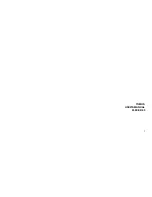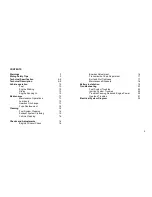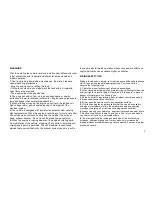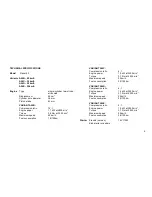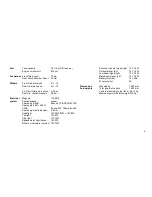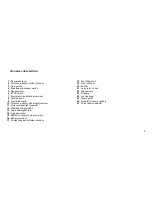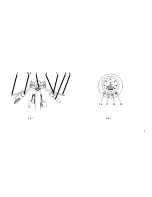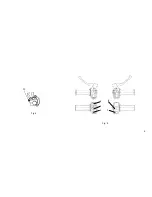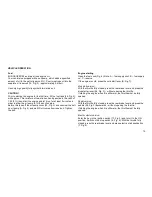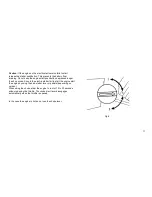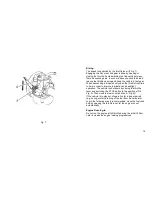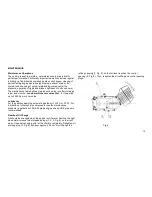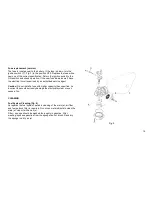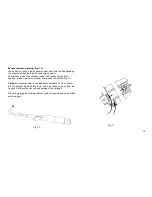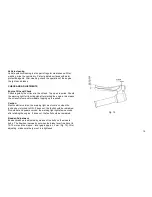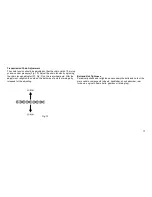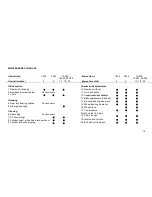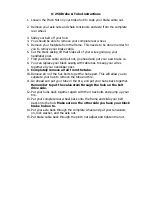
3
WARNINGS
Prior to operating the vehicle, carefully read this User's Manual in order
to get acquainted with its operational characteristics and safe and
proper operation.
1.
Fuel is extremely flammable and explosive; therefore it requires
special handling precautions:
- Stop the engine prior to refilling the tank;
- Fill the tank outdoors; never approach the tank with a lit cigarette,
open flame or sparks; and
- Thoroughly wipe off any spilled fuel
2.
The engine should not be run in an enclosed space or nearby
entrances to lower-level areas (cellars etc.). Engine exhaust gases are
toxic and denser than normal atmospheric air.
3.
When starting or running the engine, never touch the ignition coil,
high voltage cable, ignition spark plug cap or other parts of the
electrical system.
4.
The vehicle is equipped with a catalysts exhaust system causing
high temperatures. When the engine is running and for some time after
it has stopped do not touch its hot parts: the cylinder, the cylinder
head, exhaust silencer. Do not touch the brake components too.
5.
When the engine is running beware of the engine’s rotating parts.
No modification of the vehicle, stripping-off any parts or installing non-
original spare parts is permitted. The vehicle owner is specifically
warned that any modification to the exhaust system can only result in
the vehicle’s deteriorated operation, without any positive effects on
engine performance and causes higher air pollution.
RIDING SAFETY TIPS
Riding a twowheeler is simple, yet it requires some skills and experience
which can only be accumulated progressively. Prior to each ride,
observe the following rules:
1.
Check the proper functioning of all vehicle assemblies.
2.
When riding, wear light-colored, preferably light-reflective clothes; ride
with your lights on; avoid riding in other drivers “blind spots” to prevent
danger of other drivers “overlooking” you.
3.
Abide by all traffic regulations; above all, adjust your riding speed to
the road conditions and your skill level.
4.
Do not hand the vehicle over to any inexperience riders.
5.
Prior to changing lanes, always check that this can be done safely,
and signal your intention in time Be careful when riding trough road
crossings or passing other vehicles (including parked vehicles)..
6.
Always ride with your helmet on, be properly dressed and wear boots.
7.
Pay due the attention to what is going on in front of you and behind
you (rear mirror) and try to anticipate events
8.
The braking affects the loading on each wheel: the front braking
increases; whereas braking with the rear brake only increases the
braking distance while also reducing vehicle stability; hence use the rear
brake with caution.


